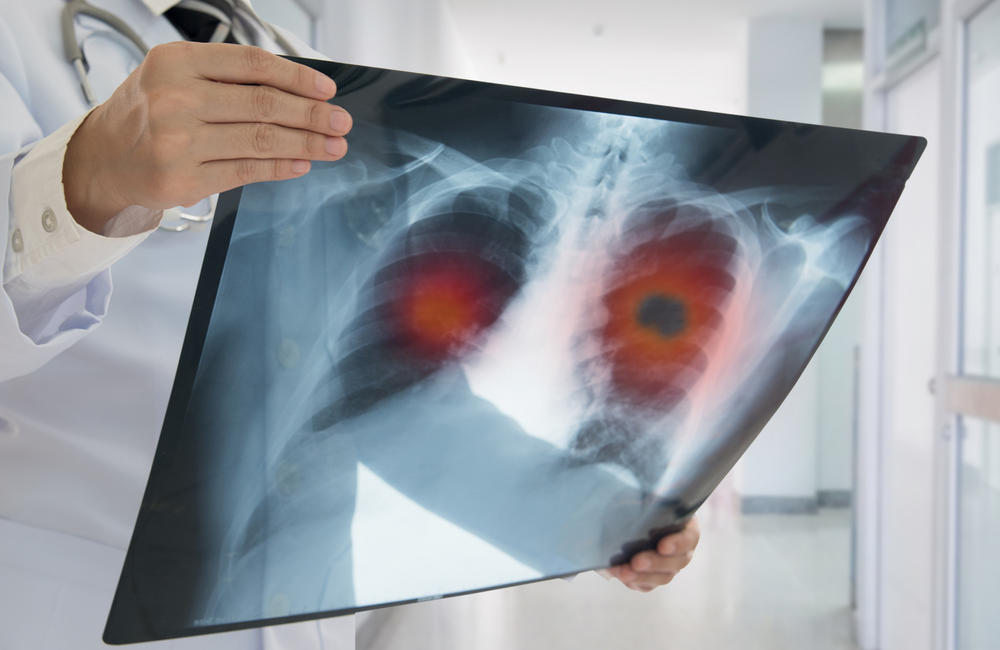
People with both HIV and hepatitis B have a higher rate of non-liver cancers compared to other people with HIV, a large European study has found.
The study investigators, who have published their findings in the journal HIV Medicine, say that people coinfected with HIV and hepatitis B may need extra screening for some common cancers. The study found that the rate of non-liver cancers was 23% higher in people with HIV and hepatitis B compared to people with HIV alone.
Viral hepatitis (hepatitis B or C) raises the risk of hepatocellular carcinoma (liver cancer). Studies of people with hepatitis B alone also show a raised risk of some non-liver cancers but the risk of non-liver cancers in people coinfected with hepatitis B and HIV is unclear.
To investigate whether hepatitis B raises the risk of non-liver cancers in people with HIV, Professor Amanda Mocroft of University College London and colleagues in the EuroSIDA cohort collaboration looked at people with HIV enrolled in the EuroSIDA cohort whose hepatitis B status was known.
The study identified 17,485 people who had been tested for hepatitis B surface antigen (a marker of chronic hepatitis B infection) and who had a baseline CD4 count and viral load recorded. The cohort was predominantly male (73%), White (85%) and 39% were coinfected with hepatitis C. Eighty-four percent were taking antiretroviral therapy and the median CD4 cell count was 440.
Just over seven percent of the cohort (1269 persons, 7.2%) had chronic hepatitis B infection while 931 out of 1269 had at least one positive HBV DNA measurement during a median follow-up period of 7.4 years. A positive HBV DNA result indicates that hepatitis B virus is replicating.
Antiretroviral regimens that contained drugs which suppress hepatitis B – lamivudine, emtricitabine, tenofovir disoproxil or tenofovir alafenamide – were used more frequently as time went on. Whereas approximately 65% of people with hepatitis B were taking at least one HBV-suppressive drug at the beginning of the follow-up period in 2002, by 2019 around 90% were taking at least one HBV-suppressive drug and approximately 70% were taking tenofovir disoproxil or tenofovir alafenamide plus lamivudine or emtricitabine.
"The most common cancers were anal cancer, lung cancer and non-Hodgkin lymphoma."
Between 2001 and 2019, 1,298 people in the sample developed 1,360 non-liver malignancies, an incidence of 8.55 cases per 1000 person-years of follow-up (PYFU). The incidence was higher in people with hepatitis B (10.54 vs 8.42 per 1000 PYFU). Multivariable analysis that adjusted for demographic and HIV-related factors, smoking and liver fibrosis showed that people with hepatitis B and HIV had 23% higher incidence of non-liver malignancies (incidence rate ratio 1.23).
When compared to people with hepatitis B who were HBV-DNA-negative, people with hepatitis B who were HBV-DNA-positive had a 37% higher rate of non-liver cancers. People with HIV and hepatitis B who had any exposure to HBV-suppressive antiretrovirals did not have a raised risk of non-liver cancers when compared to people without hepatitis B. But if they had not been exposed to HBV-suppressive drugs, the rate of non-liver cancers was 45% higher in people with HIV and hepatitis B compared to people with HIV alone.
The most common cancers were anal cancer (188 cases), lung cancer (147 cases) and non-Hodgkin lymphoma (131 cases). The investigators found a non-significant trend towards a higher rate of anal cancer in people with hepatitis B and HIV and a significantly higher rate of non-Hodgkin lymphoma in people who were HBV-DNA-positive (adjusted incidence rate ratio 2.57). However, in both cases the absolute number of cases in people with hepatitis B was small.
The study investigators say it’s unclear why hepatitis B might lead to a higher rate of some cancers, and they recommend further investigation of the link in other cohorts, including the question of whether higher HBV DNA levels are associated with higher rates of any non-liver cancers. If the link is confirmed, they conclude, increased cancer screening in people with HIV and hepatitis B may be appropriate.
Mocroft A et al. The association between hepatitis B virus infection and nonliver malignancies in persons living with HIV: results from the EuroSIDA study. HIV Medicine, published online 9 December 2021.
DOI: 10.1111/hiv.13210
